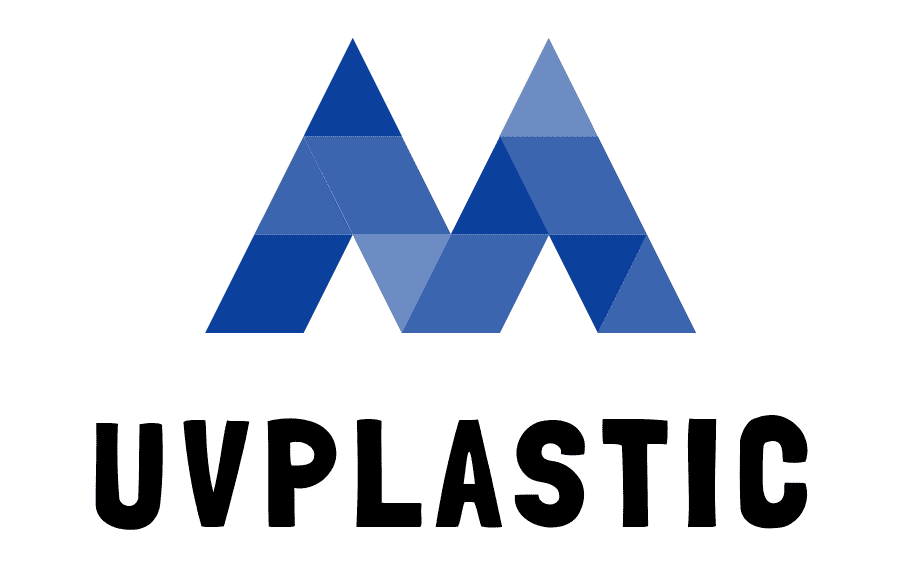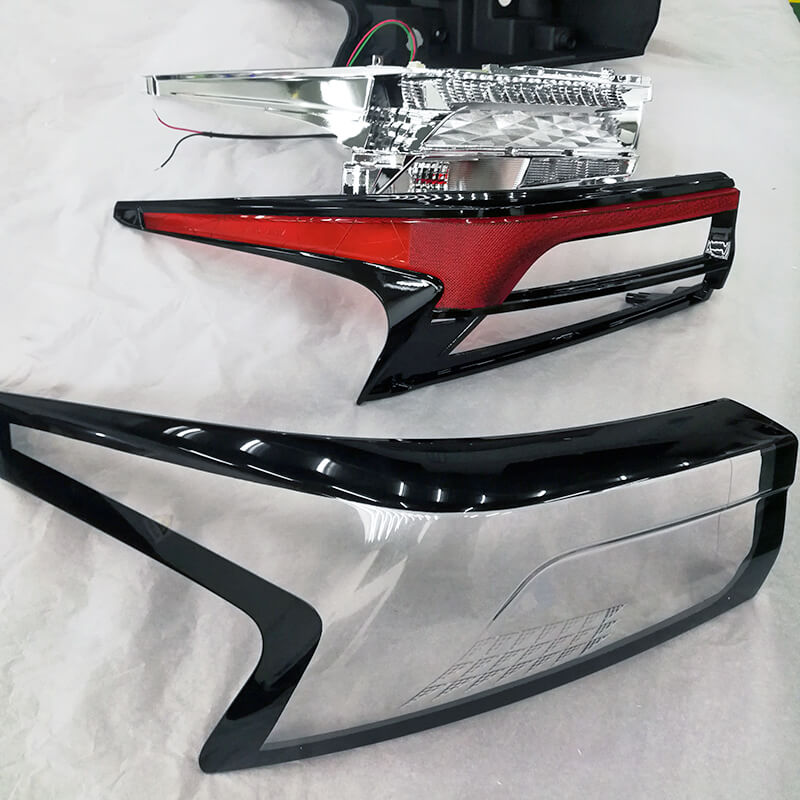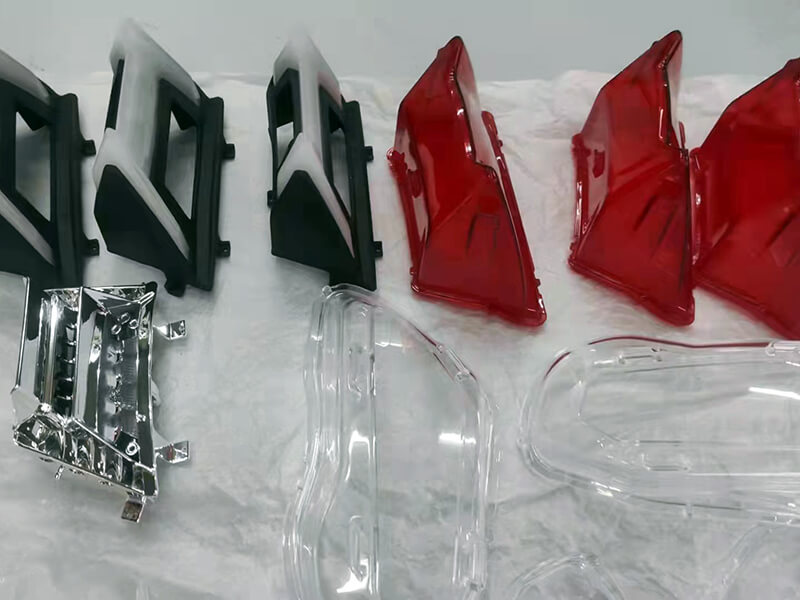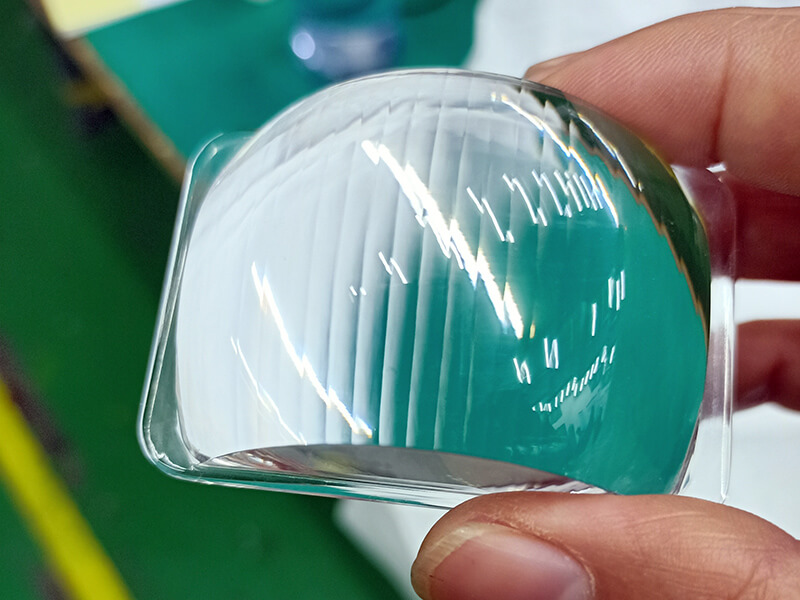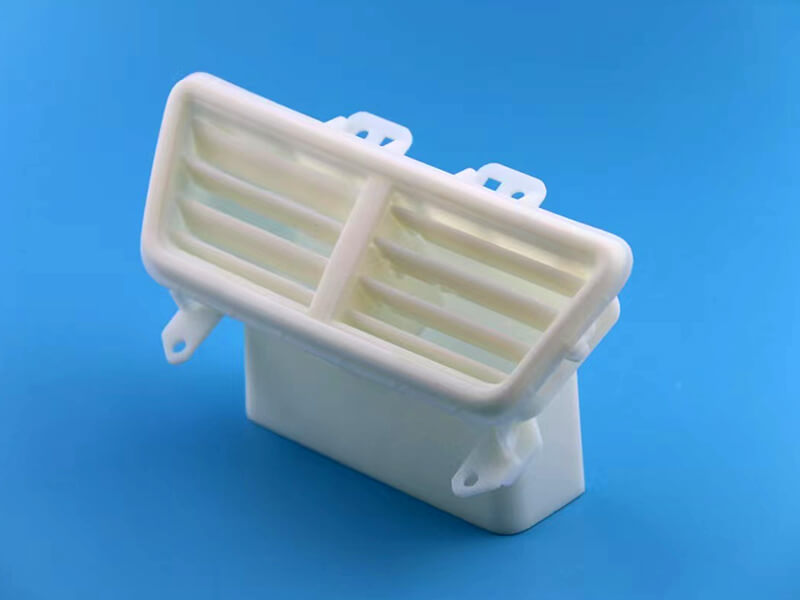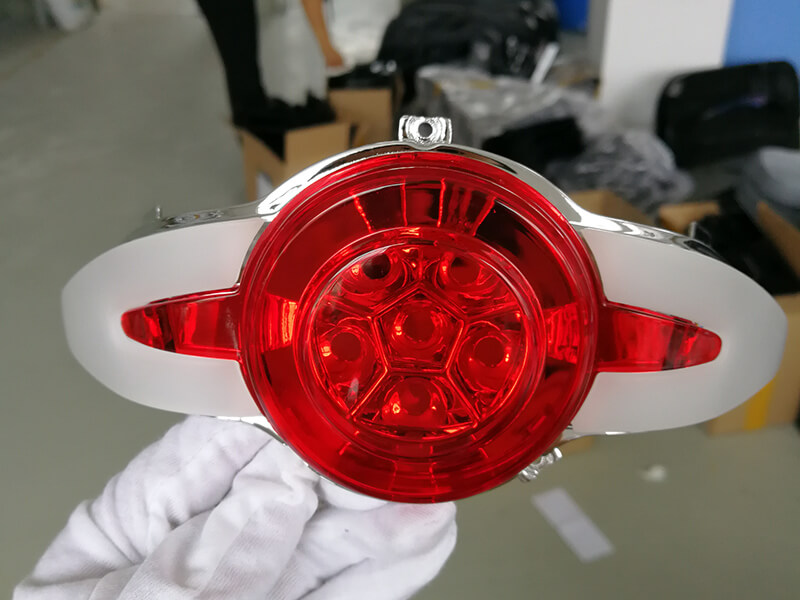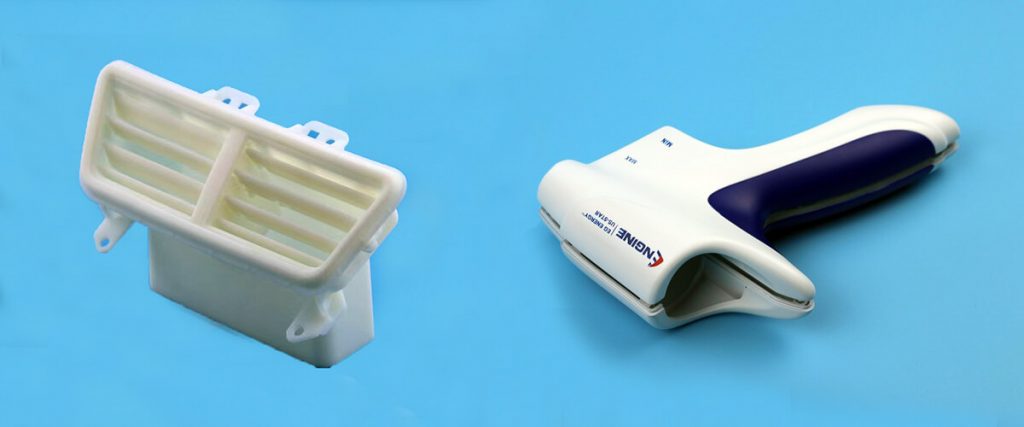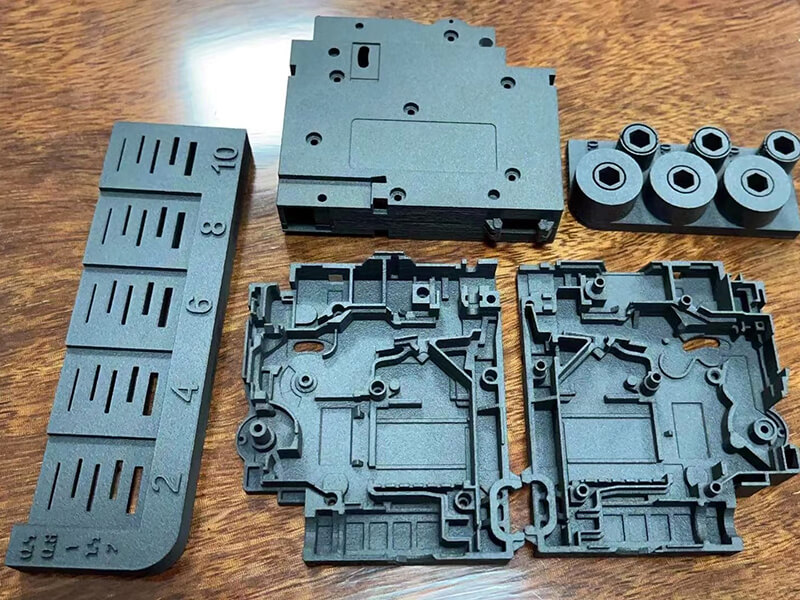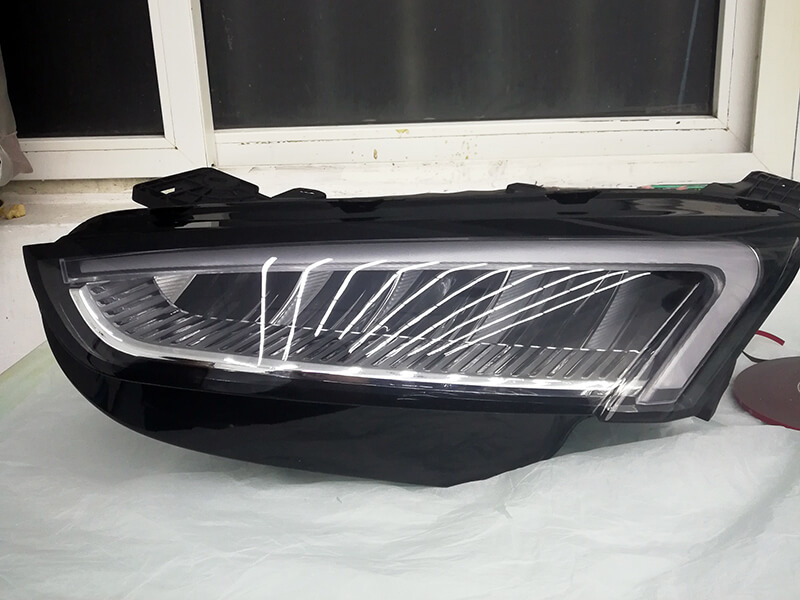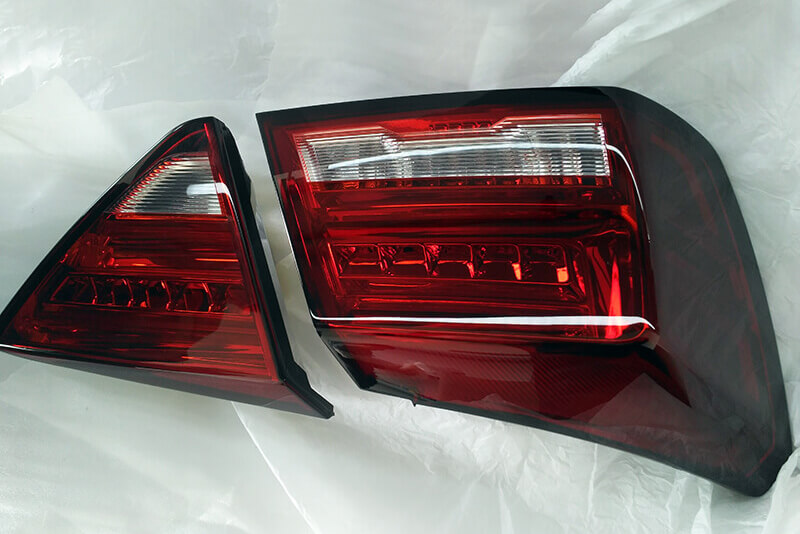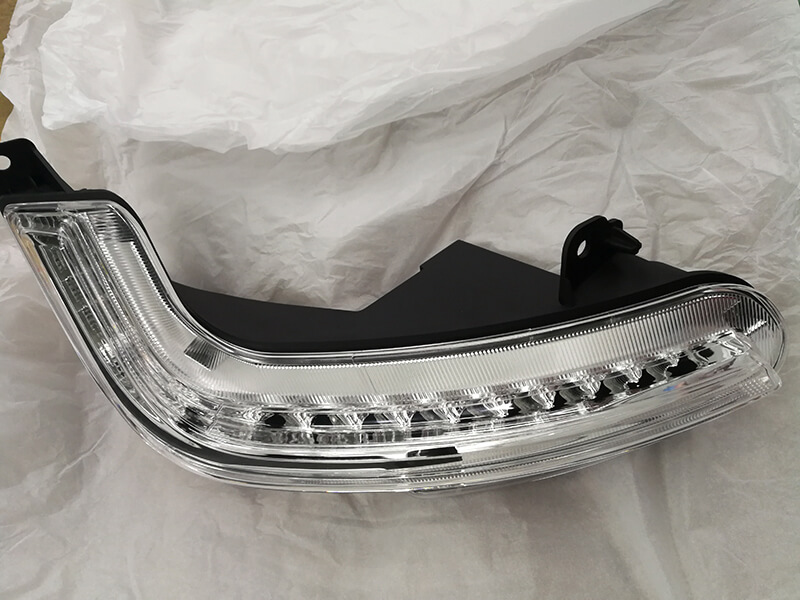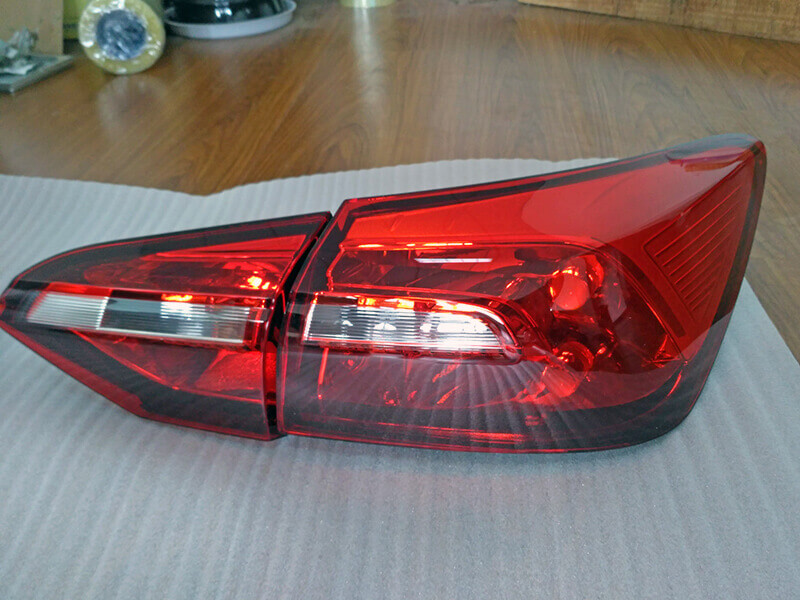Everything you need to know about rapid prototyping
What is Rapid Prototyping?
Rapid prototyping is a fast and pragmatic fabrication method that includes model, prototype, testing of physical parts or assembly using a 3D computer-aided design, also known as CAD. The construction of the parts, models, or assembly is usually completed using 3D printing also referred to as additive manufacturing.
It is a process of developing prototypes quickly to simulate a final product design. Rapid prototyping involves a wide range of manufacturing technologies, but layered additive manufacturing is the common one among them.
How does Rapid prototyping work?
Rapid prototyping consists of a wide range of manufacturing technologies such as casting, High-speed machining, molding, extruding. But the most common and effective method used is layered additive manufacturing besides other traditional processes for constructing prototypes, please check the following processes:
Types of Rapid Prototyping
Stereolithography (SLA) or Vat Photopolymerization
SLA is the first and successful additive manufacturing process that was used for commercial 3D printing. This is one of the fastest, inexpensive, and flexible rapid prototyping methods. A tank of photosensitive liquid is used in this technique, which is later solidified layer-by-layer by the use of a computer-controlled UV light. These SLA particles cannot be reverted into liquid again. This process is best for cosmetic prototypes, concept models, and complex design.
Selective Laser Sintering (SLS)
This additive manufacturing process is used for both metal and plastic prototyping. By using a powder bed, a prototype is made layer-by-layer with the help of a laser to heat and fuse (sinter) the powdered substance.
But the SLS prototype parts aren’t very sturdy or strong in comparison to SLA particles. The surface of the final product is often rugged and might need some finishing touch.
Fused Deposition Modelling (FDM)
This is a cheap and very easy-to-access method that can be found in Non-industrial 3D desktops. It constructs the physical object by using a spool of thermoplastic filament that is melted inside a pressure nozzle barrel and the resulting liquid is deposited layer-by-layer by a computer deposition program.
The early results of this method were bad and had poor resolution, but this process evolved rapidly as time went on and now it is considered the best choice for product development.
Binder Jetting
This process gives you the opportunity to print one or more parts at once. But the parts made by this process are not solid enough compared to SLS or SLA. This process includes the usage of powder bed by spraying micro-fine droplets of liquid binding agent to bind the powder particles and creating one layer of the part.
Each layer can be spread by a roller before the next layer is added. This is a process of creating a layer on another through powder and binder.
Direct Metal Laser Sintering (Dmls)
This method is known for constructing metal prototypes and functional end-use parts. DMLS utilizes a laser beam that drops onto a surface of powder that is atomized. When the beam hits the powder, they turn solid.
After each layer is finished, a blade adds a new layer of powder and repeats the process again. DMLS can conduct most of the metal alloys, allowing the final product to be very strong.
Different Ways Of Forming Prototype
Injection Molding Process
Injection Molding is a process where molten/plastic material is injected into a mold. Injection mold tools are built depending on the estimated annual production of the parts. High-volume tools are built from steel or aluminum and have a single cavity or multiple cavities like 4, 16, 64, etc. are common. But the aluminum tools are more effective than steel in terms of flexibility and much higher cooling rate.
3D Printing
This is a very common method for producing 1 part or a short run of parts. It is a very fast and affordable way of prototyping. Some of them are better equipped for resolution, whereas others are less equipped but more durable and long-lasting.
CNC Machining
CNC machining can be used for creating prototypes or scaling production volume. CNC machining is a process where pre-programmed software controls the movement of factory tools and machines. It doesn’t need a manual operator. This process is often used to dictate a wide range of machines in factories.
What material will be used for rapid prototyping?
It depends on what prototyping you are making. Normally, you can use polycarbonate sheet, plexiglass sheet, POM, ABS, Nylon for the plastic prototype.
Here, maybe you want to know more information about the plastic prototype.
Basic Steps in Rapid Prototyping
Application of Rapid Prototyping
Product designers, manufacturers, and companies use rapid prototyping to test the size and agility of the product. This can enhance the visualization, design, and development of the process prior to mass production.
Generally, Rapid prototyping was used to create parts and scale models for the automotive industry. But now, Rapid prototyping is adopted in multiple industries such as industrial machines, Medical applications, Aerospace and Marine, Architecture, Archaeology, and many more.
Advantages of Rapid prototyping
- Reduce development time
- Reduce product development cost
- Asses human ergonomics
- Risk-free
- Increase user involvement
- Allows functional test-phase
How to choose a supplier of Rapid prototyping
It is very important to choose the right supplier of rapid prototyping for good product development. You need to ask for some history projects from the supplier to confirm that this supplier is perfect. UVPLASTIC is a leading manufacturer of polycarbonate and acrylic in China but began to provide fast prototyping of automotive lights in 2006, therefore, you can choose us.
